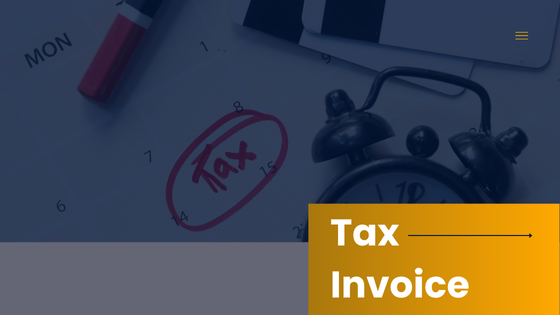In today’s rapidly evolving business environment, digital transformation has reshaped many aspects of financial operations, including tax invoicing. Traditional paper-based tax invoices are increasingly being replaced by electronic tax invoices (e-Tax invoices), offering businesses greater efficiency, accuracy, and compliance. Let’s explore the benefits of e-Tax invoices and how companies can successfully implement them.
Why Businesses Are Shifting to e-Tax Invoices
The transition from manual tax invoicing to digital solutions is driven by the need for speed, cost efficiency, and regulatory compliance. Paper invoices often lead to storage challenges, lost documents, and human errors in tax calculations. e-Tax invoice eliminates these issues, ensuring a seamless invoicing process and reducing administrative burdens.
Governments around the world are also encouraging businesses to adopt electronic tax invoicing to improve tax transparency and prevent fraud. Many tax authorities have mandated or incentivized digital invoicing systems to ensure proper reporting and data accuracy.
Key Benefits of e-Tax Invoices
Adopting e-Tax invoices offers multiple advantages, including:
- Improved Accuracy and Compliance: Digital invoicing minimizes manual errors in tax calculations and ensures businesses meet regulatory requirements.
- Cost Savings: Companies save money on printing, paper storage, and mailing costs, reducing operational expenses.
- Enhanced Security: e-Tax invoice systems provide encrypted storage and secure access, reducing the risk of fraud or document tampering.
- Faster Processing: Transactions are completed more quickly, leading to better cash flow management and smoother financial operations.
- Eco-Friendly Approach: Digital invoicing supports sustainability by reducing paper waste and contributing to environmental conservation.

Implementing e-Tax Invoicing with ERPPOP
Transitioning to e-Tax invoices requires a reliable digital solution that integrates with existing financial systems. ERPPOP Tax Invoice Software simplifies this shift by offering automated invoicing, tax calculation, and compliance tracking.
ERPPOP ensures that businesses generate accurate e-Tax invoices in accordance with legal requirements while seamlessly integrating with accounting platforms. It provides features such as real-time invoice tracking, automated tax reporting, and secure document storage, helping organizations maintain efficiency and transparency.
Steps to Successfully Adopt e-Tax Invoices
To transition to e-Tax invoicing, businesses should follow these essential steps:
- Understand Local Tax Regulations – Ensure compliance with government guidelines for digital tax invoicing.
- Choose the Right e-Tax Invoice Software – Select a trusted platform like ERPPOP to automate invoice creation and tax calculations.
- Train Staff and Stakeholders – Educate employees and partners on how to generate and manage e-Tax invoices efficiently.
- Integrate with Financial Systems – Connect e-Tax invoices with accounting software to streamline reporting and record-keeping.
- Monitor and Optimize Processes – Regularly evaluate invoicing workflows to enhance efficiency and accuracy.
Conclusion
e-Tax invoices are transforming financial management by reducing errors, enhancing compliance, and improving business efficiency. By leveraging ERPPOP Tax Invoice Software, companies can seamlessly integrate digital invoicing into their operations, ensuring accuracy and cost-effectiveness. As global regulations continue to evolve, businesses that embrace e-Tax invoices will be better positioned for future success.


